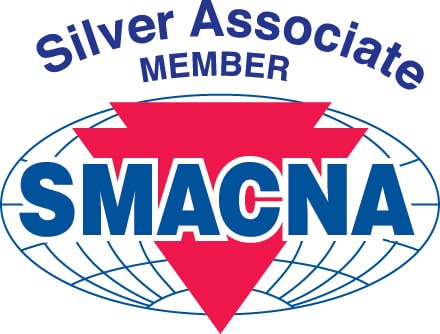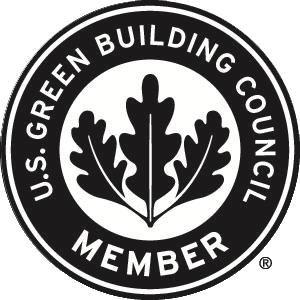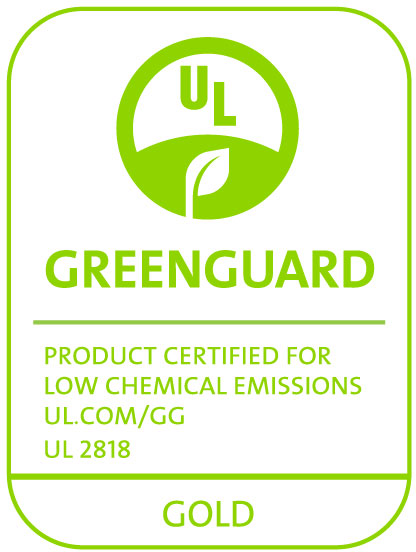When selecting a mechanical insulation type for your client project, knowing the differences between similar insulations, like EPDM insulation (Ethylene Propylene Diene Monomer), matters. For example, if you are considering a closed cell elastomeric insulation to control condensation that will remain stable when exposed to the elements, EPDM insulation is a proven material. But what makes EPDM favorable in wet, moist environments when compared to standard NBR/PVC (Nitrile Butadiene Rubber/Polyvinyl Chloride) rubber? Understanding the differences in their chemical makeup will not only improve your project’s performance but deliver a favorable product life cycle cost for building owners.
What are the differences between traditional NBR/PVC rubber and Aeroflex® EPDM?
There are key differences between these two closed cell elastomeric insulation types, from exposure to moisture and UV to the smaller, more subtle variations that are often unknown or overlooked. Each performance characteristic is important to understand in its own right.
Polarity
The most immediate difference is the chemical polarity of the two insulations, as NBR/PVC is polar and EPDM insulation is non-polar. Because NBR/PVC insulation is polarized, it’s also hygroscopic which means that it attracts water molecules. Due to this attraction, you can generally expect NBR/PVC and other polar insulates to experience greater, and faster-acting, water and element degradation. Anyone who has seen black slime on or near their insulation is familiar with the water-based degradation that can occur due to polarized insulation structures. In general, NBR/PVC insulation delivers a shorter in-service life cycle than non-polar EPDM insulation.
EPDM’s non-polar structure is hydrophobic and does not react with any water that may come in contact with it. This insulation holds up well for long periods of time even when in constant contact with moisture (not submerged). This makes EPDM insulation particularly useful for below-ambient service temperatures and high-humidity, high-moisture applications. EPDM will perform reliably in wet conditions and will not dissolve or discolor such as NBR/PVC tends to.
Depending on what system performance your project requires, hygroscopic and hydrophobic materials are important considerations with closed cell elastomeric foam rubber insulation, as nearly every insulation runs some risk of moisture exposure, the resulting loss of thermal efficiency and structural breakdown. Calculating and specifying the correct thickness of insulation to control condensation and heat gain/loss is also critical to ensure long-term project success.
External Stress Corrosion Cracking (ESCC)
Austenitic stainless steel is often specified for high-performance industrial applications. Like other metallic piping types, such as copper and iron, stainless steel is susceptible to a type of corrosion known as external stress corrosion cracking (ESCC). With system cycling temperatures in the 140°F to 250°F range, the lower temperatures can generate moisture and the upper temperatures accelerate the corrosion process when corrosive ions are present.
Of primary concern with closed cell elastomeric insulation applications over stainless steel substrates is a condition known as chloride leaching. When chlorides (a halogen) present in the insulation come in contact with water vapor, chlorides can act as a corrosive ion. Varying levels of chlorides, by manufacturer, are necessary to pass the primary fire safety standard in the building industry – ASTM E84 Standard Test Method for Surface Burning Characteristics of Building Materials.
Although there are “non-halogen” elastomeric foam insulation products available, their ability to pass ASTM E84 are limited by thickness. It’s important to note that ASTM C692 recognizes the presence of soluble chlorides, in addition to corrosion inhibitors that have the ability to offset the potential for chloride leaching, in non-halogen grade insulation materials that also offer compliance with ASTM E84 up to 2” thick.
Aeroflex USA independently tested the Aeroflex® brand of EPDM insulation according to ASTM C692 and passed by not contributing to ESCC. Choosing Aeroflex EPDM to insulate austenitic stainless steel surfaces will not contribute to external stress corrosion cracking and will provide the expected long-term thermal performance when properly specified and installed.
Moisture resistance
EPDM’s chemical polarity and water vapor permeability in particular means that additional water vapor barriers will only be needed in extreme circumstances, such as high ambient temperature, high humidity and below-ambient service temperatures. This level of permeability rivals the permeability of cellular glass insulation.
Weather resistance
As a non-polar insulation, EPDM’s saturated chemical structure can withstand ultraviolet light and ozone for longer periods than its polar NBR/PVC counterpart and is widely considered to be more resilient and long-lasting than NBR/PVC insulation. NBR/PVC-based insulation will often require additional UV protection for exterior applications, such as acrylic resin coatings, which must be periodically re-applied depending on the UV intensity it is subjected to.
Thermal conductivity
EPDM insulation and NBR/PVC have similar thermal conductivity levels. They both manage a continuous low service temperature of -297 degrees F, however, EPDM’s continuous high service temperature of 257 degrees F is slightly higher than NBR/PVC’s 220 degrees F.
Flame and smoke properties
EPDM insulation and NBR/PVC both meet the industry standard ASTM E 84 25/50 flame spread/smoke-developed index and NFPA 90A and NFPA 90B to insulate pipes and ducts in plenum-rated applications.
To wrap it up, it’s important to take into account the performance characteristics of EPDM insulation and NBR/PVC closed cell elastomeric foam insulation for your client projects to meet the owner’s project requirements. EPDM closed cell elastomeric foam rubber can deliver favorable life cycle costs for building owners when insulating building mechanical systems such as HVAC and Plumbing piping and equipment.
If you’re ready to learn more about EPDM insulation benefits, read more here.
Source:
http://microton.in/HVAC_Products/epdm/downloads/Comparison/Aeroflex_Nitrile_comparision.pdf












